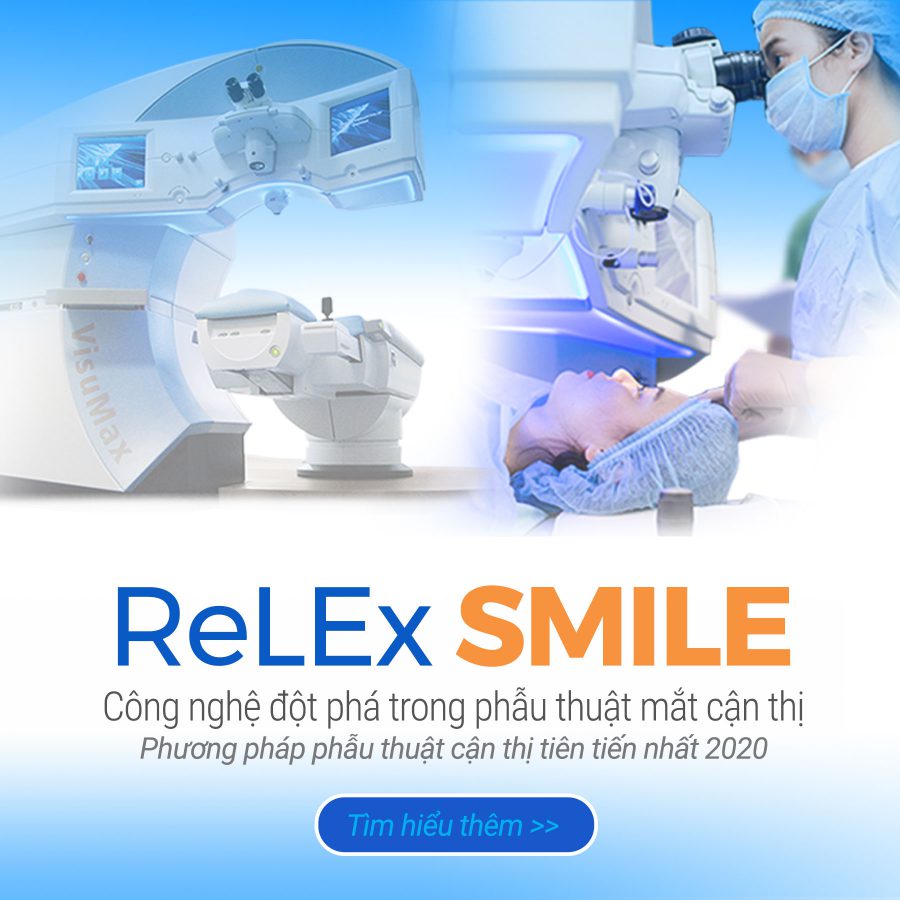Retinal hemangiomas are vascular abnormalities of a congenital nature. Neither anomalies nor aneurysms are acquired as a result of embolism. These hemangiomas are commonly seen in children or young adults due to complications of macular damage, vitreous hemorrhage, or retinal detachment. Or found during a systematic examination of families with hereditary hemangiomas.

1. Retinal Aneurysm
Leber’s millet granulomatosis and Coats’ central exudative retinitis are described separately. Currently, it is thought that these are two progressive forms of the same disease, called Leber-Coats disease with common features:
- Pathologically: are both dilated capillaries with thickened vessel walls and hyaline degeneration. There exist many mixed forms between the two characteristic images of the disease. Found only in males, very rarely in females. There is no combination of other angiomas in the brain, nerves. Little or no heredity.
- Coats’ disease is more common in children, while Leber’s disease occurs later in the 30s.
- Clinical symptoms:
– Patients come to the clinic because of vision loss or blindness, strabismus, usually with only 1 eye.
– Ophthalmoscopy (ophthalmoscopy):
- In Coats’ disease: yellow-white ringed exudate, arranged like a wreath at the posterior pole and scattered to the periphery, on which clusters of cholesterol iridescent like soap cue. Abnormal vascular structure, large aneurysms, irregular shunt vessels in diameter, abnormal position at the equator or retinal periphery.
- In Leber’s disease: see many red-purple aneurysms as if hanging from a trunk or terminal branch. Sometimes there is a glial response that causes the retina to appear ivory white. The disease progresses slowly, exuding patches at first around the dilated vessels, ending up spreading to the entire retina as Coats disease.
Treatment of retinal aneurysms
It is possible that photocoagulation of aneurysms is the source of the exudate. When photocoagulation is not effective, cryotherapy or ciliary photocoagulation can be used.
Prognosis and progression of retinal aneurysms
The disease was stable for a long time, but the subretinal exudates were pseudotumor, causing retinal detachment, vitreous hemorrhage and neovascular glaucoma.
2. Von-Hippel disease
This is a rare disease with a familial, dominant inheritance, usually appearing at the age of 20-30 years. Common in young people, both men and women.
– Seen in both eyes in 1/3 of cases.
– Can be combined with a brain hemangioma or other organs (liver, kidney…).
– It is essentially a hemangioblastoma due to proliferation of fetal endothelial cells.
Clinical symptoms of Von-Hippel disease
– Decreased vision.
– Ophthalmoscopy; A pair of dilated, zigzag blood vessels emerge from the optic disc, which is difficult to identify as a vein or an artery, this pair of vessels goes out to the periphery and then pours into a dark red spherical aneurysm that protrudes in front of the retina. , it is surrounded by a pale white shell due to glial proliferation.
Treatment of Von-Hippel’s disease
Small tumors can be photocoagulated, frozen. Sometimes electrocoagulation is directed at the lesions, photocoagulating the feeding vessels to reduce inflow of blood. If there are results, the hemangioma shrinks. But sometimes treatment increases secretions causing retinal detachment. Large tumors can place radioactive cobalt discs.
Prognosis: retinal hemangiomas rarely regress, often leading to retinal detachment, loss of eye function.










































